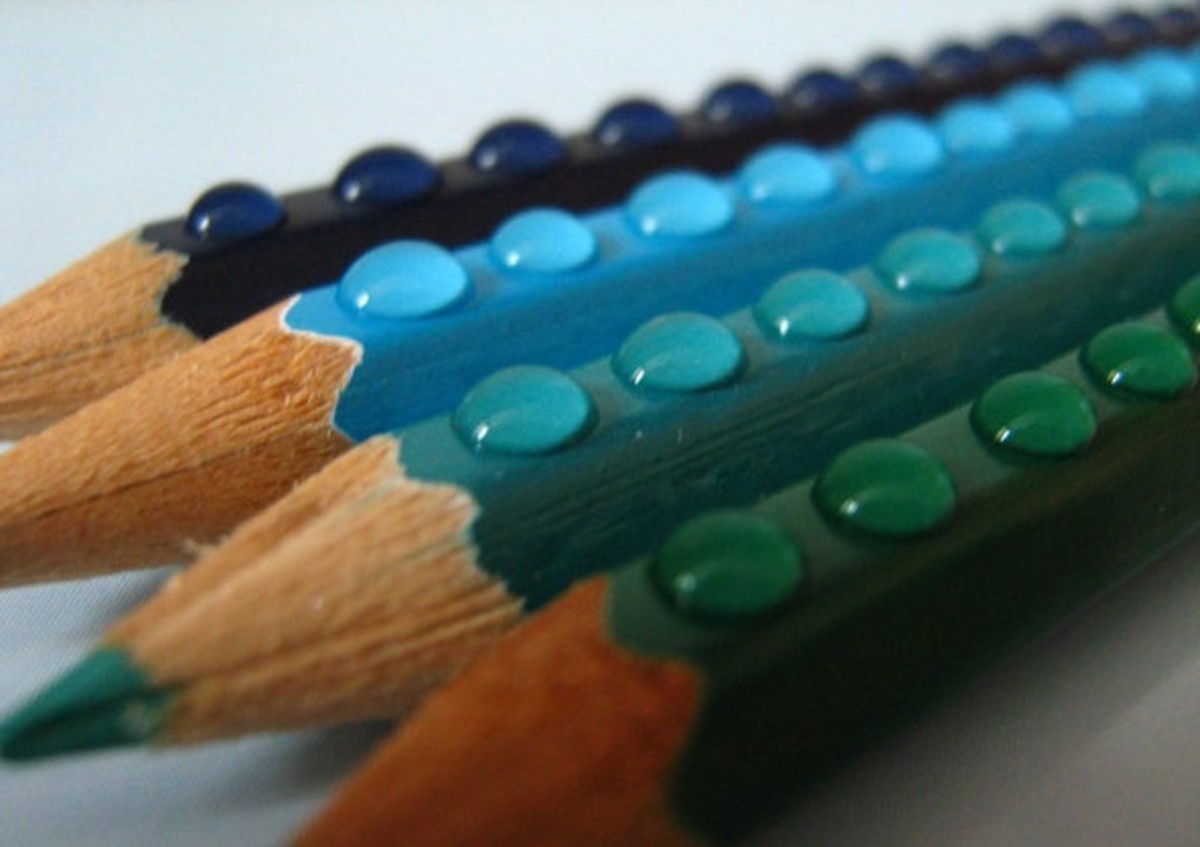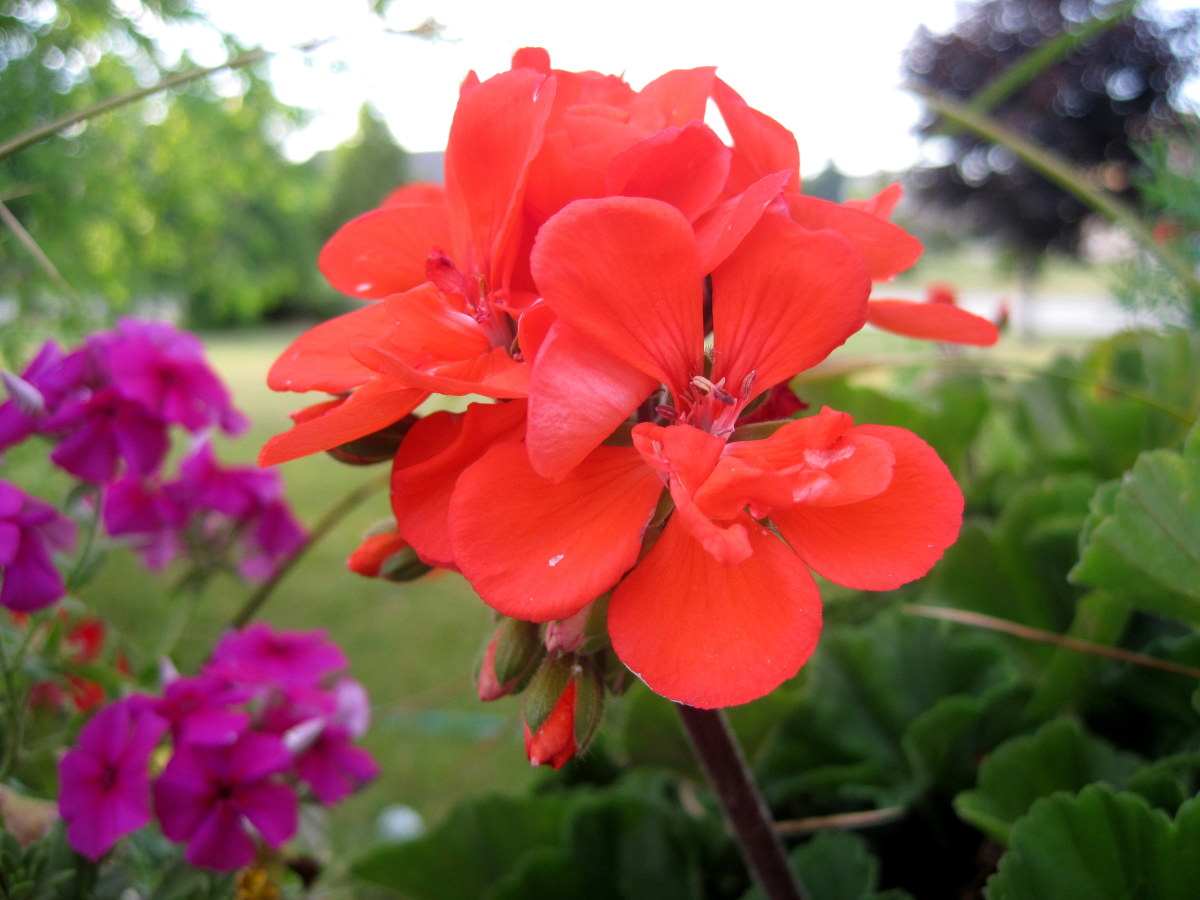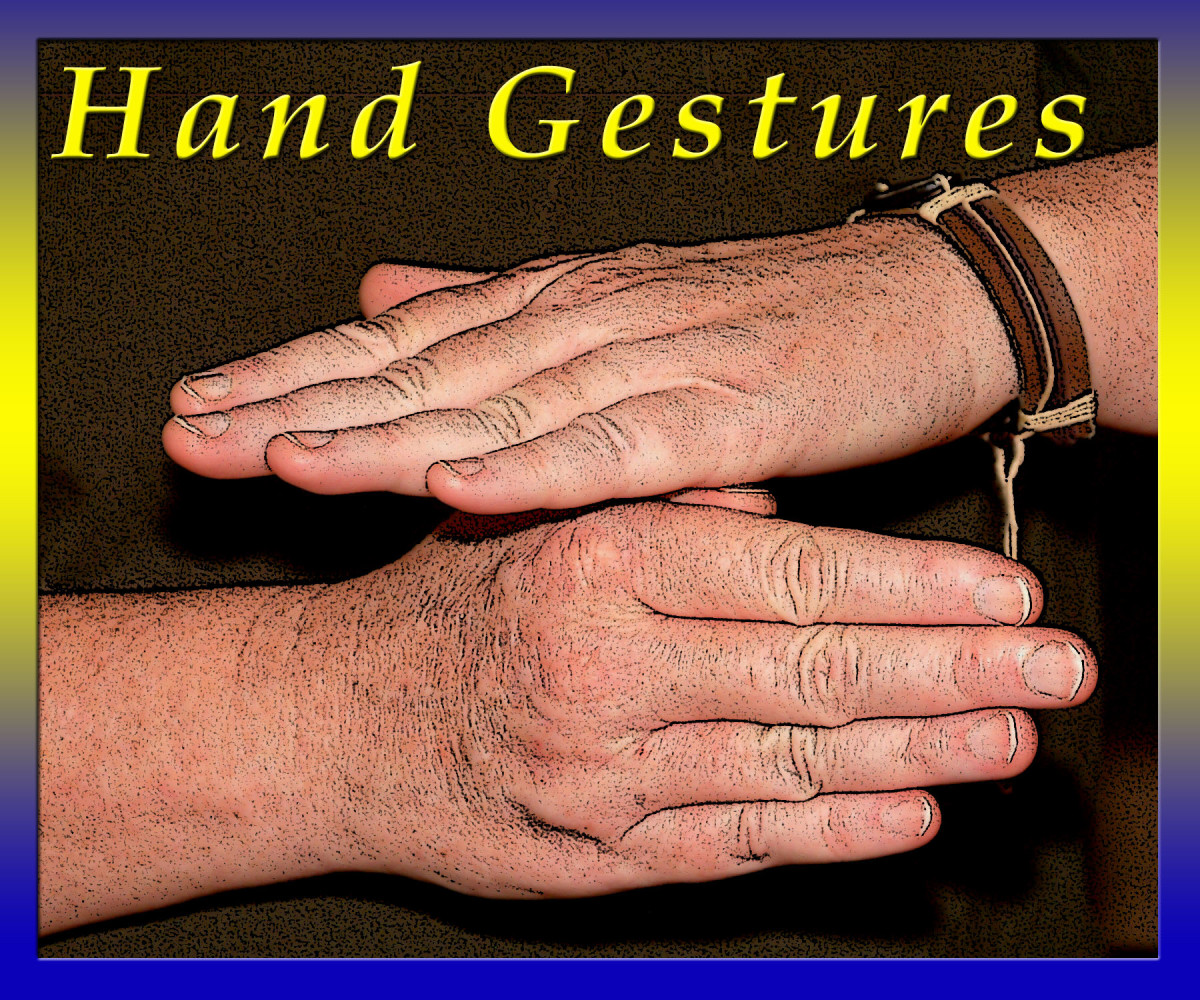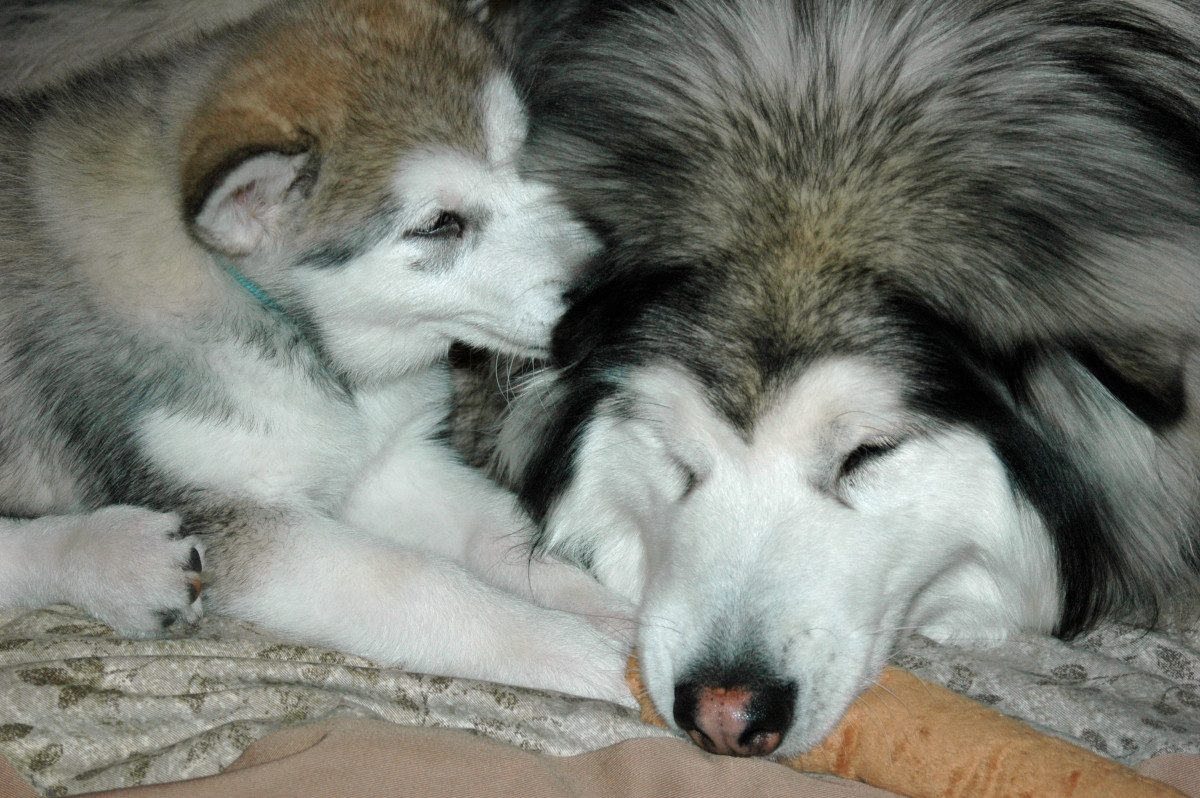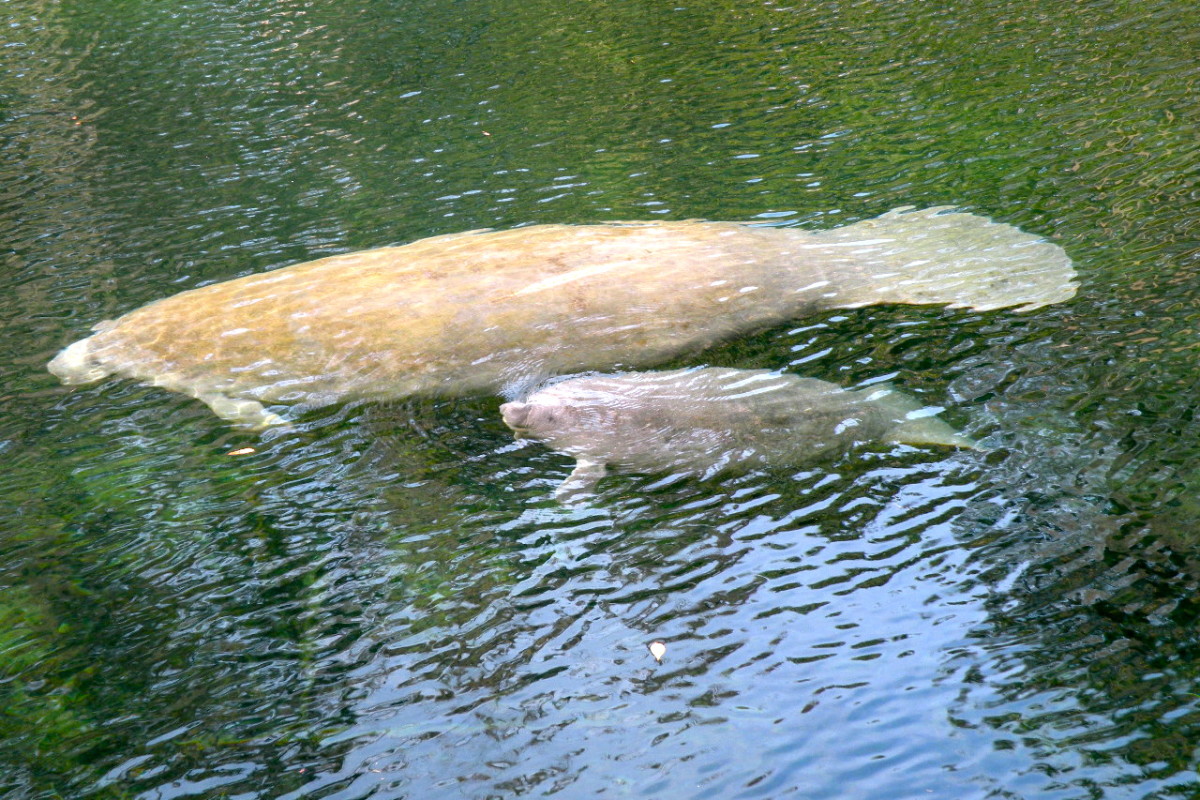Feathers in Macro
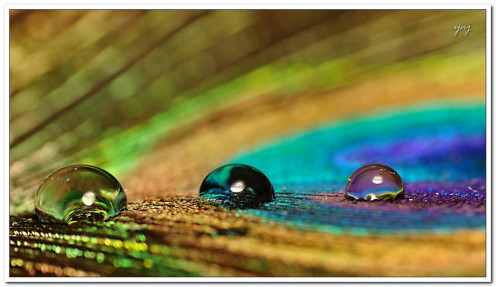
Macro photography (or photomacrography or macrography, and sometimes macro photography, is extreme close-up photography, usually of very small subjects, in which the size of the subject in the photograph is greater than life size (though macrophotography technically refers to the art of making very large photographs).
The ratio of the subject size on the film plane (or sensor plane) to the actual subject size is known as the reproduction ratio. Likewise, a macro lens is classically a lens capable of reproduction ratios greater than 1:1, Wikipedia
There are many photo projects that you can do in the studio, even if your studio is nothing more than the bathroom of your house or part of your bedroom.
When inclement weather keeps you inside and unable to venture outside then there are also just as many projects to keep yourself busy.
One of these involves a simple subject, some macro lenses, a tripod and a good light source, maybe even a simple black cardboard to serve as the backdrop for your images.
Feathers offer unique qualities when presented in macro form. You might be surprised how much more detail, texture and intricate patterns are revealed when you see a bird feather up close and personal.
Most are quite inexpensive and some can be gathered freely. Most arts & crafts stores offer bags of feathers that are usually used in kid's projects.
However many artists supply stores, some arts and crafts as well as internet based companies can supply you with virtually any type of feather you can think of.
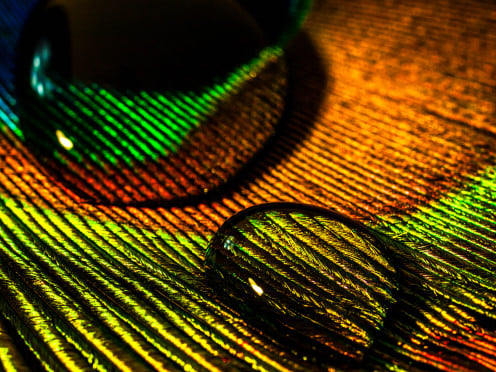
Your set up need not be too complicated. Place a black cardboard as your backdrop, place your camera onto a tripod to minimize movement, shaking, vibrations etc. which can easily occur when you depress the shutter and become high visible at high magnifications.
Also try to use an electronic or mechanic shutter release mechanism to further minimize the chances of creating movement. Finally place two light sources, one on each side of the subject, and take your shots.
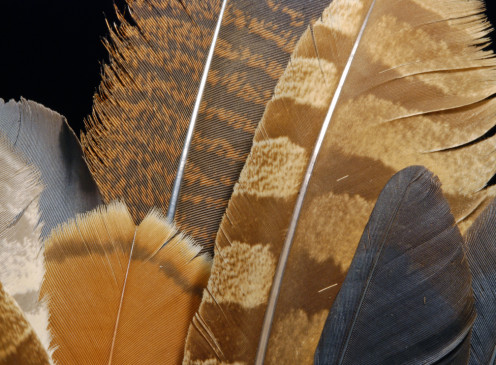
Think this is an interesting shoot to do?
There are basically two main ways of photographing feathers; straight on where you take the shot looking at the feather from the front and where it is illuminated from the sides and slightly to the front.
The other is back-lighting them where their translucency becomes readily visible and can turn out really beautiful shots.
To do a back-light shot place one light directly behind the subject and slightly lower than it.
You can also have one other light placed on one side of the feather but it needs to be of a much lower output than the one used for back-lighting.
A reflector often works better than a light source at this point
For back-light subjects keep the black cardobaord about a foot to two feet behind the subject. For regular shots a few inches to one foot will do.
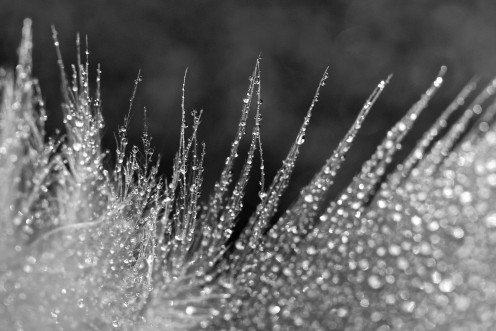
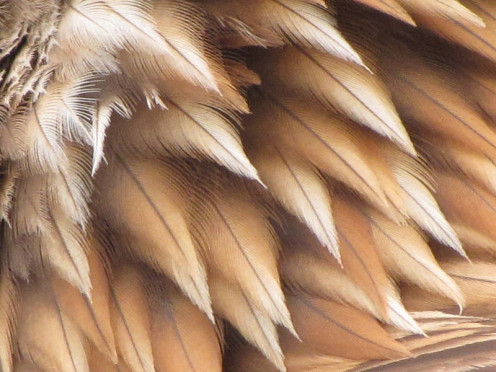
Do not get stuck on only taking color shots. Many feathers will look just as nice when captured on black and white and you can easily convert a color image into a black and white with any digital photo editing program.
If you want to get more creative and after you're done photographing your feather collection, then perhaps misting them with water or an oily based solution will add some more interesting perspectives.
You can't do it the other way around since many will be ruined when sprayed with any oily solution like part water and part mineral oil.
If using water alone you need to wait until the feather dries if you want to continue taking regular macro shots.
Remember to slightly mist them and not to drench them in the solution even if only using plain water.
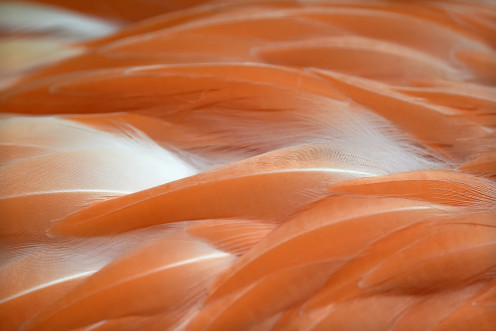
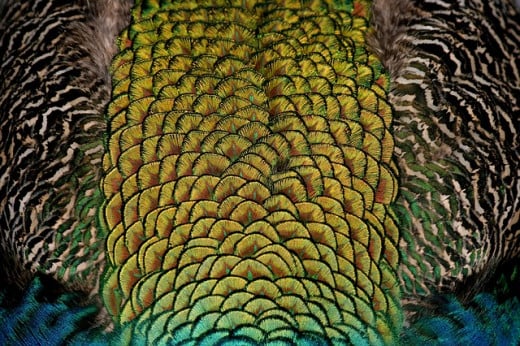
Don't be afraid to experiment and be as creative as possible. You are photographing a subject matter which is very common and has been featured in photographs quite a while.
I have seen some feathers carefully immersed in water which was then frozen. The resulting images really looked great and spoke about the creative mind of the photographer so anything is possible, just think outside the box.
Use your final images as stand alone, to include them in a photo book, to submit for galleries (but these need to be superbly done and very pleasing to the eye) or simply for your own photographic pleasure.
Whatever the motive, just have fun and push yourself to not only be creative but to maintain a high degree of technical accuracy as well.
Remember this is best done in a studio and preferably when you can't venture outdoors.
One more thing, never harm a bird just for its feathers. Paying attention to their habitat will probably yield enough samples and when using feathers found in the wild it is better to lightly mist them with an antiseptic solution and wait for it to dry before you put them to use since some parasites do make feathers their home.
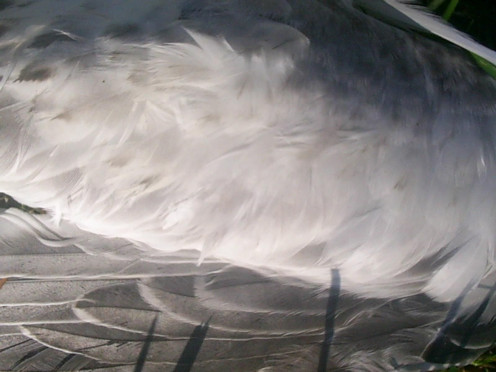
- Feathers---MACRO: Digital Photography Review
Digital Photography Review: All the latest digital camera reviews and digital imaging news. Lively discussion forums. Vast samples galleries and the largest database of digital camera specifications.
© 2015 Luis E Gonzalez



